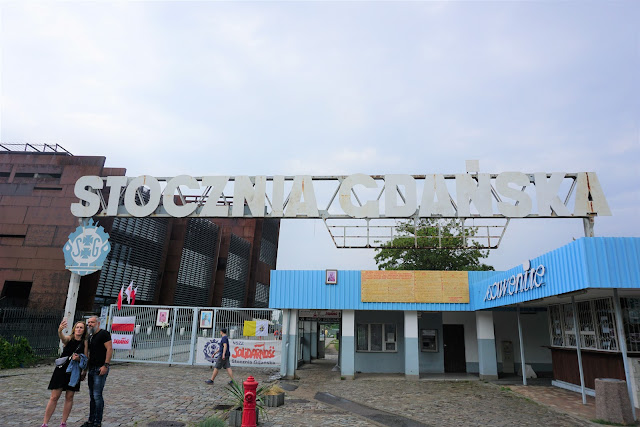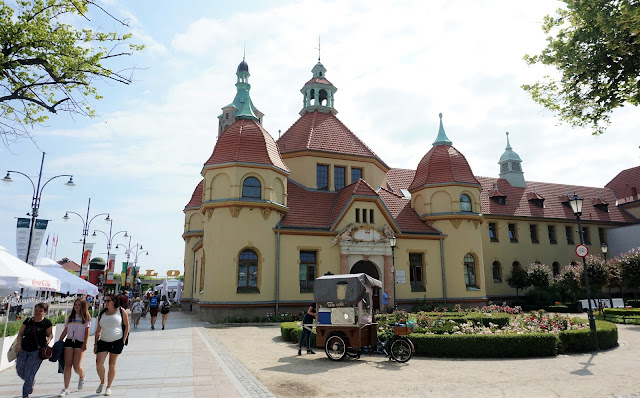June 23, 2019
Krakow (pronounced "krack - ohv") is one of the oldest cities in Poland and traditionally the center of Polish culture, academics, arts, and economics. Therefore, this is a good time to discuss Polish money, which combines at least culture, arts, and economics.
First off, can I just say that our US dollars are so BORING compared to these colorful bills? The green 100 zloty note (roughly pronunced "zwall-tuh") has the face of Wladyslaw II Jagiello (King of Poland 1386-1434) on front and the eagle from his tombstone and the Grunwald swords on the back. The blue 50 zloty has the face of Kazimierz II Wielki (aka Casimir the Great, King of Poland 1333-1370) on the front and the white eagle from his personal seal on the back. The pink-orange 20 zloty has the face of Boleslaw I the Brave (first King of Poland in 1025) on front and a silver coin from his reign on the back.
In the US, our "faces" only go back to George Washington (President from 1789-1797). We are such a young nation.
By the way, $1 USD = 3.78 zloty OR 1 zloty = about 25¢.
We had booked a personal tour of Krakow through Cracowguide.com.pl. Our guide, Krzysztof Blaszczyk (who told us to call him Chris--thank goodness), met us at the edge of Old Town in Jan Matejko Square at the Grunwald Statue, an imposing, hard-to-miss piece:
When I looked up this statue for this post, I learned that the monument was commissioned by Ignacy Jan Paderewski, an internationally famous pianist who became the president of Poland in 1919, nine years after this statue was erected.The Battle of Grunwald, fought in 1410, was the turning point that marked the end of the domination of the German-Prussian Teutonic Knights and the rise of the Polish-Lithuanian Union. The guy on the horse on the top is King Wladyslaw Jagiello, the king on the 100 zloty note. The prone body on the front is the Grand Master of the Teutonic Knights, Urluch Von Jungingen. His pinky finger looks like it gets rubbed/touched a lot:























































